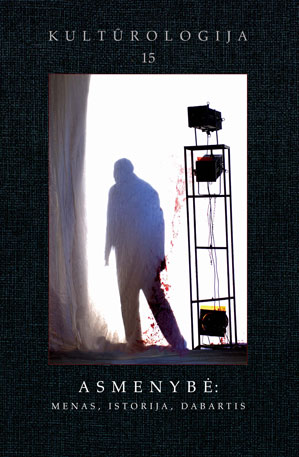Lietuvių aktorinės mokyklos formavimosi savitumai
Special Aspects in the Forming of the Lithuanian School of Acting
Author(s): Ramunė BalevičiūtėSubject(s): Cultural history
Published by: Lietuvos kultūros tyrimų
Keywords: Lithuanian school of acting
Summary/Abstract: No school of acting is a self-contained and universal phenomenon. It always depends on the entire system of theatre in which it functions. The beginning of professional Lithuanian theatre is also unavoidably linked with concrete personalities of our first directors. On one hand, it was precisely directors such as Juozas Vaičkus, Konstantinas Glinskis, Borisas Dauguvietis and Antanas Sutkus who adapted the pedagogical and basic principles of creativity that formed the acting school for professional theatre from their teachers who had represented pre-reform Russian theatre. However on the other hand, in the older, pre-reform theatre system, in a theatre of star actors, the role of the director was limited, which affected the forming of the Lithuanian school of acting. Though a School of Acting, which was a part of the State Theatre, had been founded in 1924, one could feel the clash of two schools of acting, one being conditional and the other realist, which were radically different in their theoretical views. Though the press busied themselves with discussions of which actors were better, no catastrophe or coup occurred. It only confirmed that these schools did not exist in a pure form. It was the artistic indivualness of each actor that formed which had a huge impact on the Lithuanian school of acting. However, keeping in mind the work habits of the State Theatre and the rather long-lasting "amplua" system, one can claim, that a unique"natural artistic selection" existed in the State Theatre of the 1930s, as summaries individual artistic success of actors was determined by their talent and artistic independence and initiative. It was only the academic development of actors that could decide on the burning problem of the differences of acting for the State Theatre, from which the artistic whole of plays suffered from. The first to try out the principles of the Stanislavsky method in professional Lithuanian theatre was in 1929 when Constantin Stanislavsky's pupil Andrius Oleka-Žilinskas came to Kaunas.
Journal: Kultūrologija
- Issue Year: 2007
- Issue No: 15
- Page Range: 228-243
- Page Count: 15
- Language: Lithuanian

